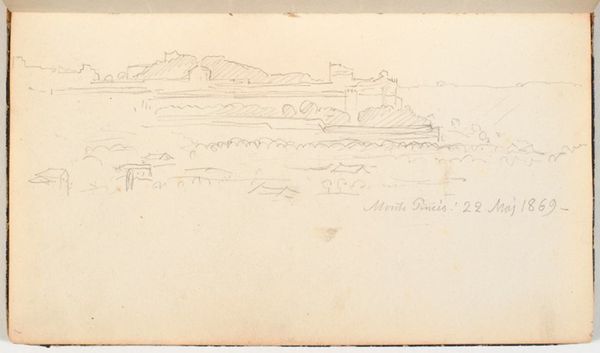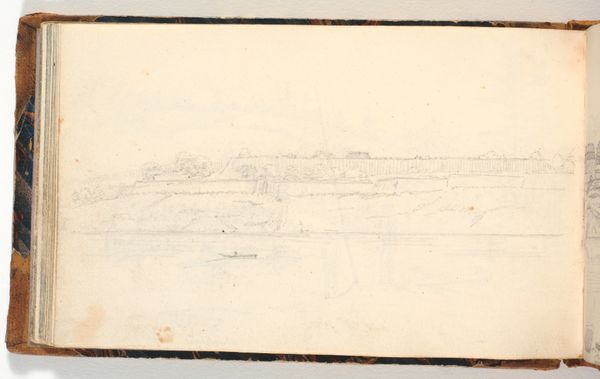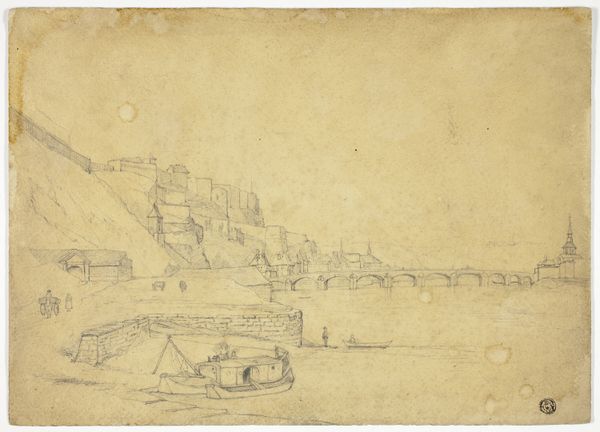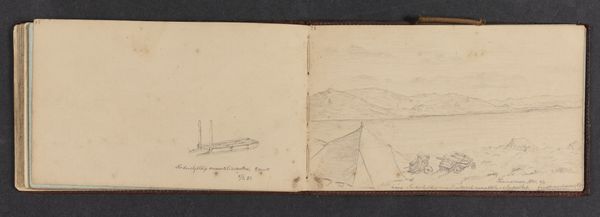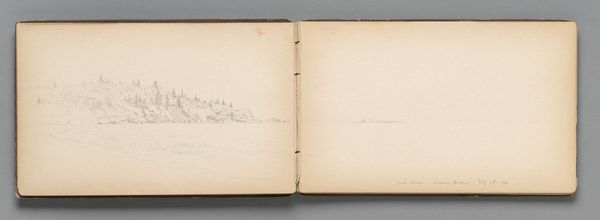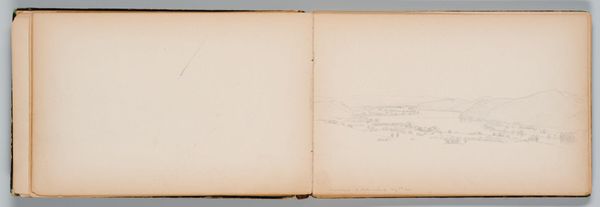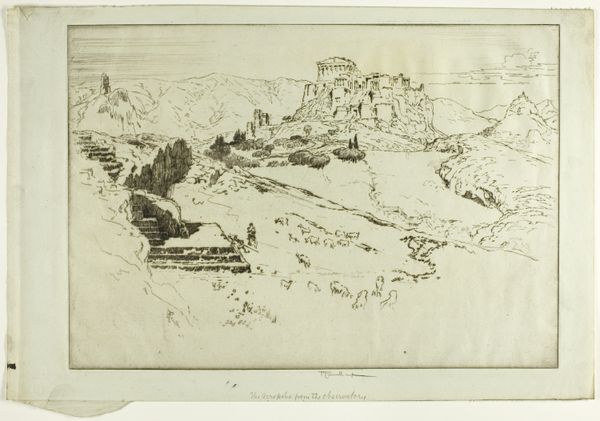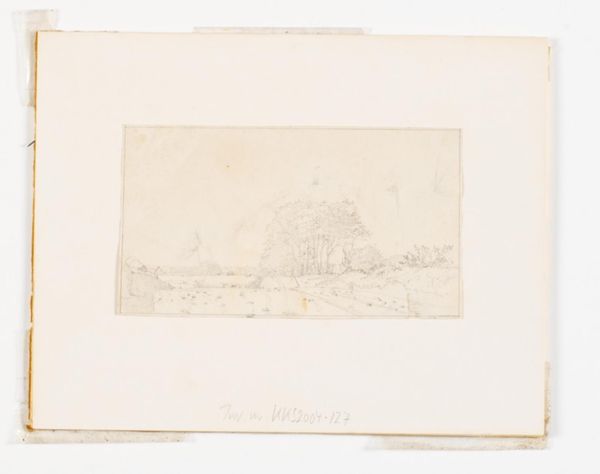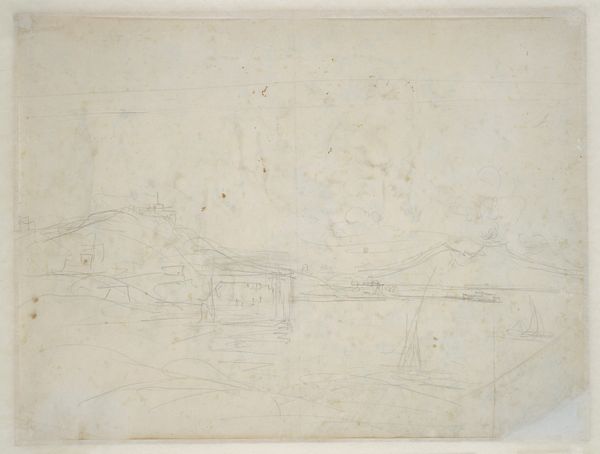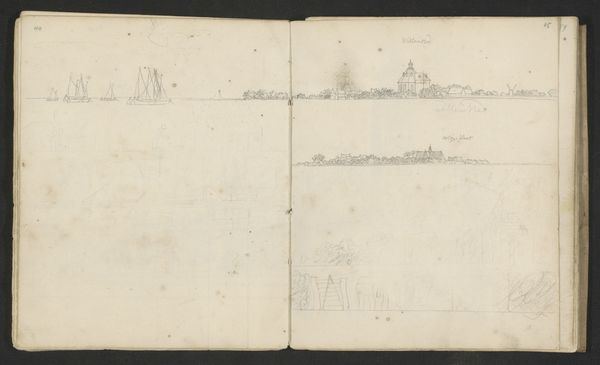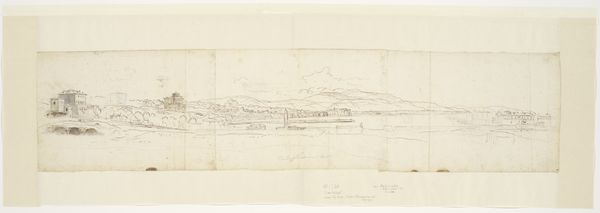
drawing, pencil
#
drawing
#
landscape
#
coloured pencil
#
pencil
#
academic-art
#
realism
Dimensions: 110 mm (height) x 230 mm (width) x 11 mm (depth) (monteringsmaal), 110 mm (height) x 230 mm (width) (bladmaal)
Editor: This is Wilhelm Marstrand's "View of a City in an Italian Mountain Landscape," created in 1869 using pencil and colored pencil. It's really striking how he's captured the sense of vastness with such delicate lines. What stands out to you, looking at it? Curator: The beauty lies in the rendering itself. Consider the composition. The artist has skillfully used a horizontal format to emphasize the breadth of the landscape. Notice how the various planes – foreground, middle ground, and distant mountains – are established through subtle shifts in line weight and density, creating an illusion of depth. The contrast of the castle silhouetted on the hill provides a focal point against the distant mountain line. What about the way the light is suggested? Editor: Yes, the way he's indicated light and shadow with just pencil is quite remarkable. I wonder about the sketches, particularly that face toward the edge; how might those have informed Marstrand’s thinking at the time? Curator: Precisely. This figure acts as an enigmatic disruption. Consider the tension introduced by the ambiguous relationship between this quickly rendered figure and the landscape behind. This sort of dissonance is very intriguing to decode structurally. Would the composition function without its inclusion? Why include it at all? Editor: I see what you mean! Without the figure, the work might just be a technically proficient landscape drawing, but the inclusion introduces a layer of mystery and invites you to ponder more. Curator: Precisely, one can explore the structural and theoretical relationships presented in this work endlessly. It moves the work from simple representational landscape and allows us to look closer at form and content in tandem. Editor: Thanks for the insight. I am definitely looking at this in a new way now.
Comments
No comments
Be the first to comment and join the conversation on the ultimate creative platform.
